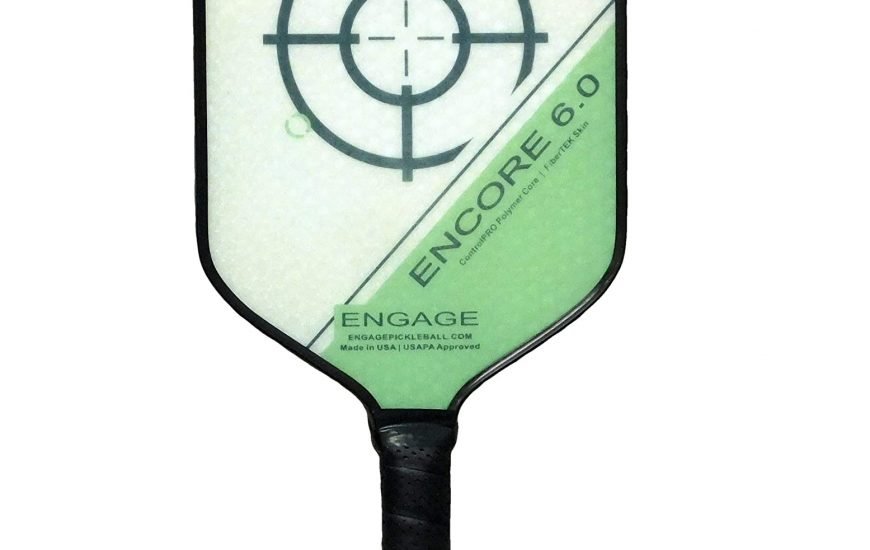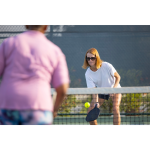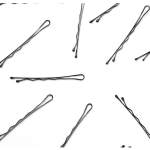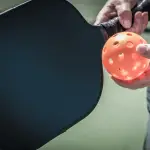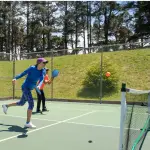With the industry growing at an expotential rate, pickleball paddles are being manufactured in various shapes and sizes. With companies like Selkirk and Paddletek using innovative technology to create newer, evolved versions of the initial wooden paddle, players today have a wide range to choose from.
But, have you ever wondered how a Pickleball paddle is made? What materials are used? When is the grip attached? Let’s take a look at some of these questions and see how pickleball paddles are manufactured.
Pickleball Paddles: The Face and Core
The main body of all pickleball paddles consists of two parts – a face and a core. The core refers to a layer, about 3 to 4 centimetres in thickness that makes up the base of the paddle. The facing material is the layer covering the core on both sides to prevent it from getting damaged and to add certain attributes to the paddle.
All cores have a honeycomb design borrowed from the Boeing aircraft panels by Arlen Paranto, the founder of Prolite, and also the first person to create a paddle that did not use wood.
Pickleball Paddles: The Core
The core is usually made from one of three materials.
Nomex – Nomex has smaller gaps between the honeycomb design, which creates a dense material that’s durable and offers excellent control. However, these tend to make more noise than polymer paddles.
Polymer – Polymer is the most popular material used in the construction of paddles today. The honeycomb design is soft and more spaced out, offering enough tension to generate more power when hitting the ball
Aluminium – Aluminium paddles offer the best control, but offer much less power than either polymer or nomex. However, even with its downsides, it’s still a fairly popular choice among paddle manufacturers.
Pickleball Paddles: The Face
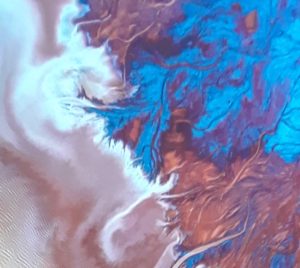
Most paddles are made using one of these three materials as the core. This core material is then covered with one of these facing materials.
Fiberglass – While fiberglass is one of the most popular faces used today, companies like Paddletek and Selkirk are pushing the boundaries of innovation using other, composite materials in their construction.
Graphite – Graphite paddles are popular thanks to their lightweight design and the responsive feel this surface has to the ball. However, graphite surface paddles tend to be more expensive and can be difficult to source.
Carbon Fiber – Quite similar to graphite, but more durable, carbon fiber faces offer superior ball control while sacrificing a bit of power.
Polypropylene and aluminium are also two facing materials used in the industry, aside from the three mentioned in this list.
Once the facing material has been applied to the core, the paddle surface is covered with another material that adds aesthetic value. Some manufacturers use screen print or vinyl, which, based on the texture, can improve certain attributes, like power, spin, and control.
However, the USAPA offers strict guidelines for the amount of texture on a paddle as a textured surface can add extra spin on the ball, giving a player the advantage.
The Assembly: Handle and Graphics
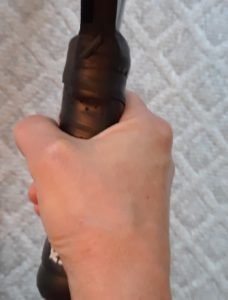
The head of the paddle is manufactured with heavy industrial equipment, similar to that used to manufacture tennis and badminton racquets. This head is created along with an extended bottom (using the same material) for the handle.
Once this basic structure is created, the assembly of the paddle starts with the handle.
Most paddle manufacturers, like Selkirk use a specialized, high-end foam material that’s tightly wrapped around the handle. The material is used in the tennis and golf industry and is soft enough to mold into the shape of your palms, providing an extremely comfortable grip.
Usually, paddle manufacturers wait until the handle is created before fixing the screen print or vinyl on the paddle head. This gives them the exact distance from the top of the head to the handle, ensuring a perfect fit. The handle also makes it easier to hold onto the paddle while the head is being finished.
The Assembly: Rim and Cap
Once this is done, the rim is attached to the paddle, mostly by hand. The rim refers to the sides of the paddle where the honeycomb design will be exposed. This rim holds the paddle together and protects the core from damage during the game. Most players are likely to drop their pickleball paddles a fair few times and the rim protects the paddle from this kind of damage.
Once the head is completely finished, attention is shifted to the handle. For starters, a cap is glued on the bottom of the handle. This cap tends to be slightly larger in circumference than the handle itself and ensures that players get a good grip on the paddle.
Once the cap is fixed, the last step is to wrap the grip around the handle. Most manufacturers use a high-end, rubber grip with a smooth finish. This provides excellent traction and prevents the paddles from slipping out of your hands during a game.
Once the grip has been added, the paddle is ready to be shipped out. The top manufacturers offer a warranty card with every paddle that they sell, to protect the customer from a quick onset of dead spots, or dampening of the paddle face.
Continuously Evolving
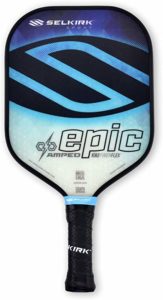
Of course, this is a basic outline of how most paddles are manufactured, and different manufacturers use different techniques to provide a whole new range of paddles. The sport is continuously evolving, with paddles having come a long way from the initial plywood version.
No one could have predicted that the Boeing aircraft panel used by Arlen Paranto could have become so popular and even the norm for paddle manufacturers.
And today, with technologies like vibration dampening and smart response technology, paddles are on a whole new level than ever before. Every manufacturer is identifying a specific problem and targeting their resources at solving it.
For example, Engage developed the ProPolymerCore that allows them to build thick paddles which retain the power of thinner paddles while offering superb control.
As the industry continues to grow, manufacturing techniques will shift and evolve, allowing players to test their skills with more specialized paddles.

